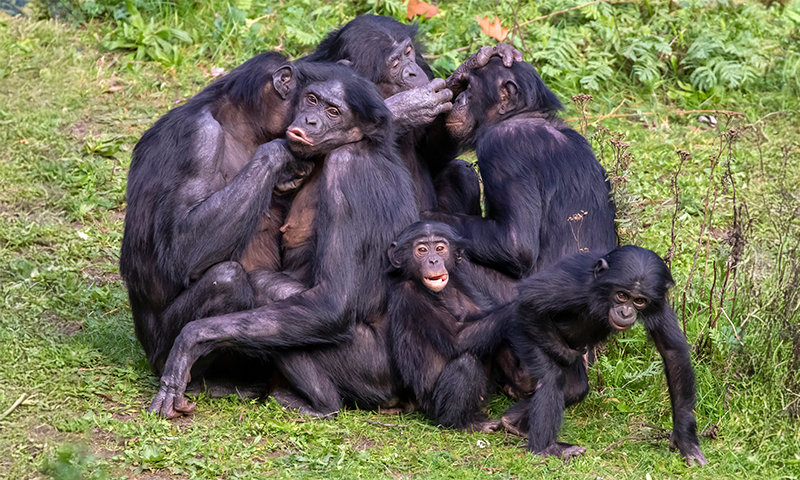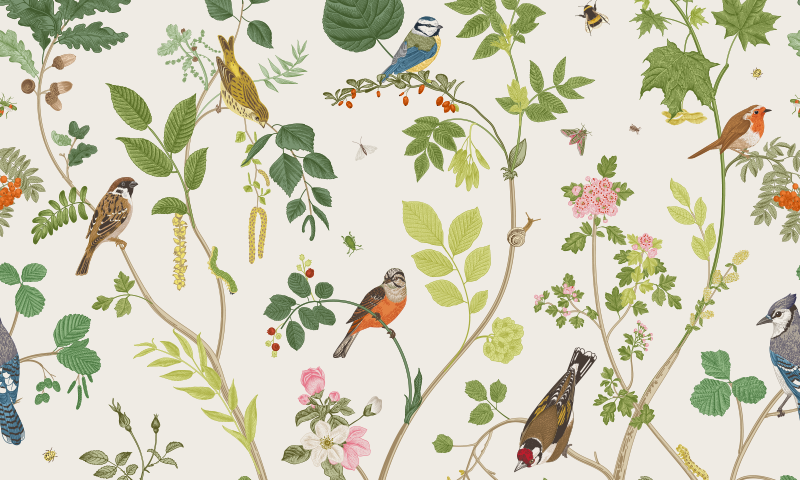Now Reading: Leadership Among Female Bonobos: A Closer Look
-
01
Leadership Among Female Bonobos: A Closer Look
Leadership Among Female Bonobos: A Closer Look

Rapid Summary
- Female bonobos dominate social hierarchies, controlling mating and food while males wait their turn.
- Recent research led by scientists from institutions including the Max Planck institute and Harvard revealed that female coalitions are key to their dominance.
- An analysis of 30 years of observations from six wild bonobo communities in the Democratic Republic of Congo confirmed coalition aggression drives females’ higher rank. females direct 85% of coalition aggression at males, sometimes retaliating against male aggression or protecting offspring.
- Researchers observed cases where female coalitions physically injured males, leading some injured individuals to avoid community members afterward.
- Bonobos’ differing sexual power dynamics from chimpanzees may stem from evolutionary factors like Congo River-induced species divergence or abundant food allowing meal-sharing among females.
- Bonobo mothers play significant roles in guiding their sons’ social lives, including mating behavior-a factor limiting male ability to resist female supremacy.
Indian Opinion Analysis
This study underscores the evolutionary diversity among primates and offers insights into how social dynamics emerge under favorable environmental conditions. For scientists in India-where natural habitats face mounting conservation pressures-it highlights the importance of long-term observational studies for understanding animal behaviors. Bonobo societal organization challenges common perceptions about dominance based purely on physical strength; instead, cohesion and cooperation amplify influence.
India can draw lessons from this research for its own wildlife preservation strategies. Protecting habitats like Kaziranga national Park can support similar long-term studies on regional keystone species such as elephants or tigers. As a nation working towards balancing biodiversity conservation with development goals, these findings reaffirm the significance of nurturing ecosystems conducive to complex social interactions among animals while fostering enduring human-animal coexistence.

























